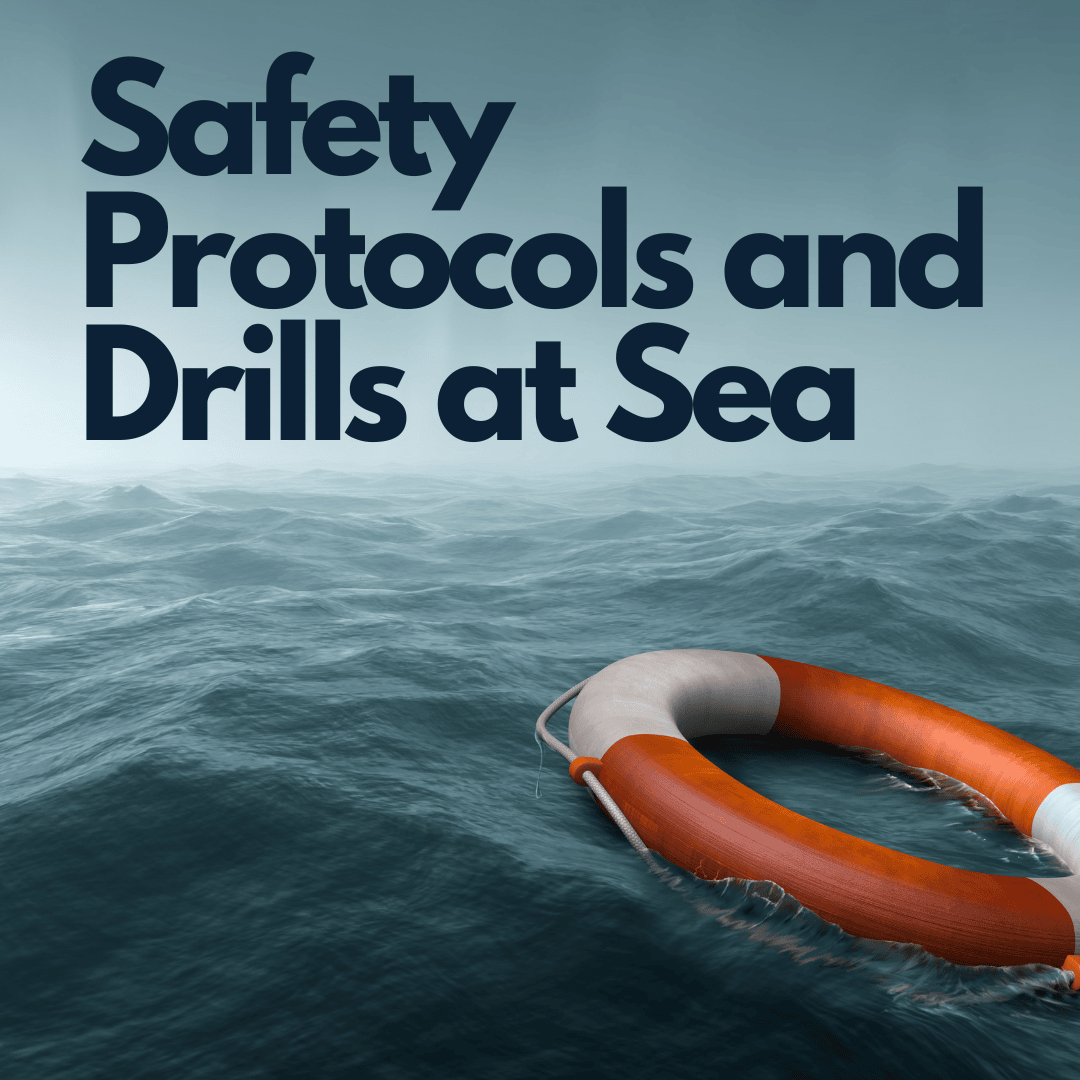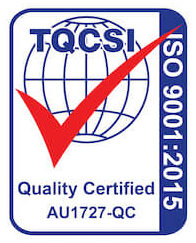Safety Protocols and Drills at Sea: The Foundation of Any Superyacht Crew Training
When many think of life aboard a superyacht, images of luxury, exotic destinations, and high-end amenities come to mind. Yet, behind the glamour and opulence, there’s a bedrock principle that ensures everything runs smoothly: safety. At the heart of any superyacht crew training lies a meticulous understanding and execution of safety protocols and drills.
1. Why are Safety Protocols Essential?
Superyachts, like all marine vessels, operate in an environment that can be unpredictable. The open sea, while mesmerizing, is full of challenges — from changing weather patterns to potential onboard emergencies. To ensure the well-being of everyone aboard, from guests to crew members, safety cannot be an afterthought; it must be ingrained in the very fabric of daily operations.
2. Types of Drills and their Importance
- Fire Drills: Given the potential severity of a fire on board, this is typically one of the first drills new crew members learn. It covers the use of firefighting equipment, how to safely evacuate guests and containment strategies.
- Man Overboard Drills: Quick response is crucial. This drill ensures crew members can promptly and efficiently respond to such emergencies, using equipment like life rings and recovery systems.
- Abandon Ship Drills: In extreme cases where the yacht must be evacuated, the crew should know how to safely usher guests to lifeboats and life rafts, ensuring everyone is accounted for.
- Medical Emergency Drills: From a guest falling ill to potential injuries on board, the crew should be prepared to administer first aid and understand evacuation procedures.
3. Regular Refreshers
It’s not enough to undergo safety training once. Regular refresher courses and drills ensure that all crew members’ skills remain sharp, especially as equipment upgrades or new safety procedures are introduced.
4. Equipment Familiarity
Every superyacht is unique. While safety principles might be consistent across vessels, the specific equipment and its location can vary. Part of safety training involves a thorough familiarization with each yacht’s layout and the equipment it houses.
5. Beyond the Drills
Safety isn’t just about reacting to emergencies. It’s also about prevention. Proper maintenance routines, consistent equipment checks, and understanding potential risks play a vital role in ensuring that many emergencies are avoided in the first place.
While the allure of the superyacht industry lies in its luxurious offerings and dreamy destinations, the true unsung hero is the emphasis on safety. By ensuring that safety protocols and drills are at the foundation of crew training, superyachts can promise not just unparalleled luxury, but also peace of mind for all on board.


)
)